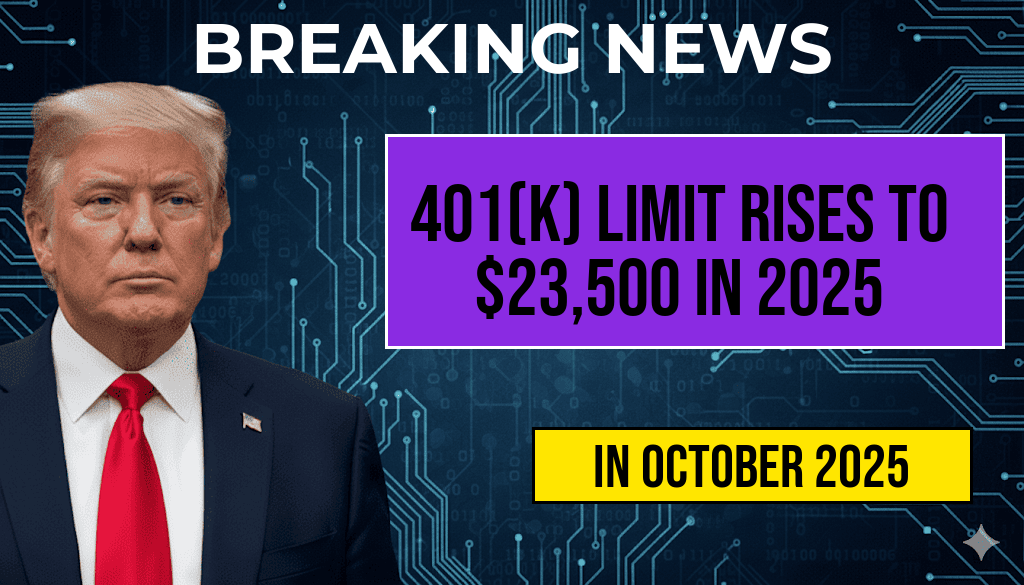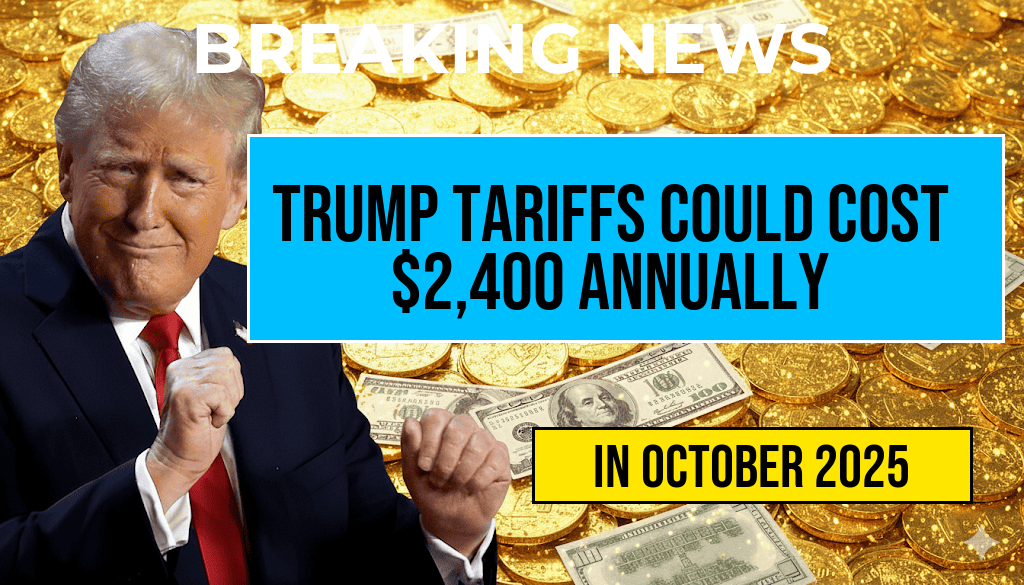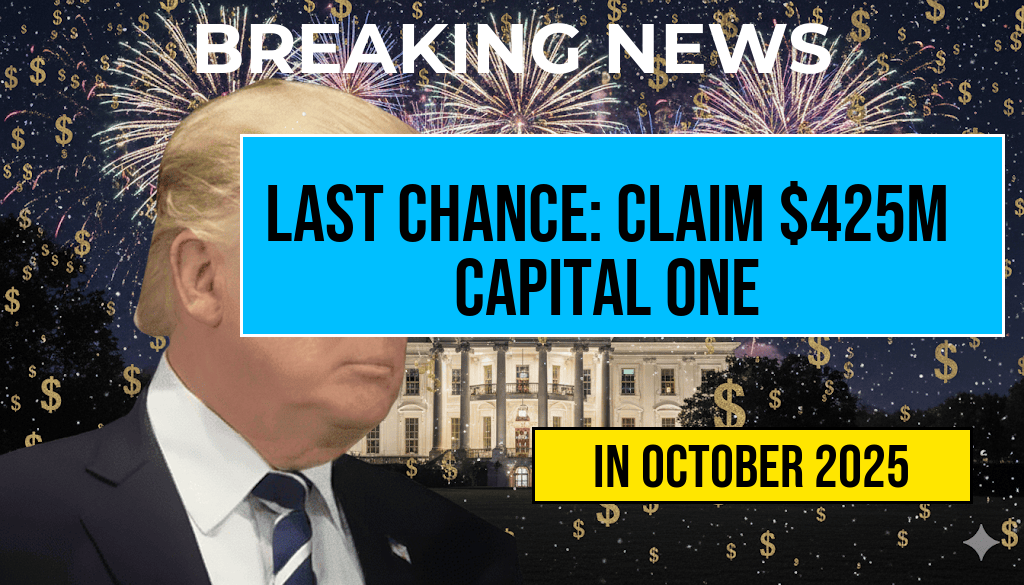The Internal Revenue Service (IRS) has announced an increase in the annual 401(k) contribution limit for employees participating in employer-sponsored retirement plans, setting the maximum contribution at $23,500 for the 2025 tax year. This adjustment, which reflects inflation adjustments mandated by federal law, marks a significant increase from the 2024 limit of $22,500. The increase aims to help workers save more effectively for retirement amid rising living costs and economic uncertainties. Additionally, the IRS has adjusted catch-up contribution limits for participants aged 50 and older, allowing eligible workers to contribute an extra $7,500, bringing their total potential contribution to $31,000. These changes are part of ongoing efforts to bolster retirement savings and provide Americans with more flexible options to prepare financially for their future.
Understanding the 2025 401(k) Contribution Limits
The IRS’s annual adjustment to the 401(k) contribution limits considers inflation and economic factors to ensure retirement savings remain accessible and effective. For 2025, the standard contribution limit rises by $1,000 from the previous year, enabling employees to set aside more funds toward their retirement goals. The contribution limits are set based on a formula tied to increases in the Consumer Price Index (CPI), ensuring that savings thresholds stay aligned with economic growth.
Specifically, the contribution limit for 2025 is set at $23,500, a figure that applies to employee contributions to 401(k), 403(b), most 457 plans, and the federal Thrift Savings Plan. This increase allows workers to allocate a larger portion of their earnings toward retirement, which is especially relevant amid ongoing inflationary pressures and rising healthcare costs.
Catch-Up Contributions for Older Workers
For workers aged 50 and above, the IRS permits additional contributions, known as catch-up contributions. For 2025, this limit is increased to $7,500, allowing eligible employees to contribute up to a total of $31,000 annually if they are participating in a 401(k) plan. These provisions aim to help late-career workers compensate for years of lower savings or catch up on retirement funding as they approach their target retirement age.
| Contribution Type | Limit (USD) |
|---|---|
| Standard Employee Contribution | $23,500 |
| Catch-Up Contribution (age 50+) | $7,500 |
| Total Possible Contribution (age 50+) | $31,000 |
Implications for Retirement Planning
The increase in contribution limits provides a valuable opportunity for workers to boost their retirement savings capacity. Financial advisors emphasize that maximizing contributions, especially during periods of economic growth, can significantly impact long-term wealth accumulation. The higher limits also accommodate those who may have delayed saving or experienced income fluctuations, allowing them to make up for past shortfalls.
Experts recommend that employees review their retirement plans regularly to adjust contributions in line with income changes and life circumstances. Increasing contributions up to the new limits might require budget adjustments but can be a strategic move toward financial security in later years. Employers are encouraged to communicate these changes to their workforce and consider offering matching contributions or other incentives to maximize employee participation.
Context and Future Outlook
The adjustment aligns with the broader trend of inflation-indexed increases in retirement savings thresholds. Historically, the IRS updates these limits annually to keep pace with economic shifts, aiming to maintain the purchasing power of retirement contributions. The recent increase reflects a cautious approach to inflation, which has been a concern for many Americans over the past few years.
While the contribution limit hike is a positive development, experts caution that it doesn’t automatically translate into higher savings for all. Factors such as wage growth, employment stability, and individual financial literacy play crucial roles. Policymakers and financial institutions continue to explore ways to make retirement planning more accessible and effective for a diverse workforce.
For more information about the IRS’s contribution limits and retirement planning strategies, visit IRS Retirement Plan Limits and Retirement Savings in the U.S. (Wikipedia).
Frequently Asked Questions
What is the new 2025 401(k) contribution limit?
The 401(k) contribution limit has increased to $23,500 for employees in 2025, allowing for higher retirement savings potential.
Who is eligible to contribute up to the new limit?
Employees who participate in a 401(k) plan and meet their employer’s eligibility requirements can contribute up to the $23,500 limit in 2025.
Are there catch-up contributions available for employees over 50?
Yes, employees aged 50 and older can make additional catch-up contributions of $7,500 in 2025, on top of the standard $23,500 limit.
How does the increase in contribution limit affect retirement savings?
The increase allows employees to contribute more to their 401(k) plans, which can significantly boost their retirement savings over time through tax-advantaged growth.
Will the contribution limit change again in the near future?
The 401(k) contribution limits are typically adjusted annually based on inflation and cost-of-living increases. Future changes will be announced by the IRS as needed.






